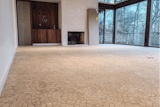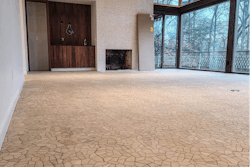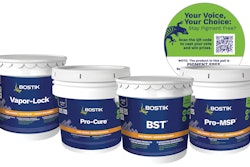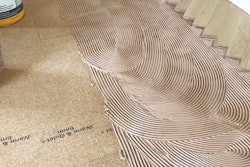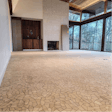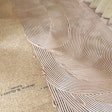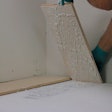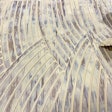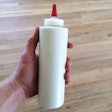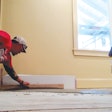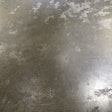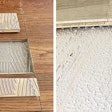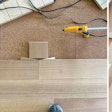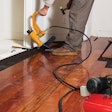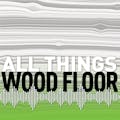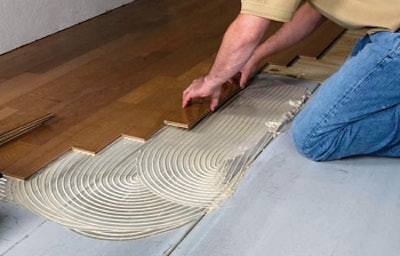
Working with adhesives and wood floors isn't rocket science, although there are always new products and new technologies available. No matter which types of adhesives you are working with, and no matter whether they are a brand new product or an old standby, here are some things to consider regarding your adhesive every time you do a glue-down wood flooring job. Note that these are specific to the adhesive; related issues such as subfloor prep and moisture testing are important and are subjects for their own articles.
#1: Read the directions. Please don't assume that one particular adhesive will work just like another adhesive. There are many, many different types of adhesives on the market, even from the same manufacturer, and there are specific directions for making each one work correctly. For example, some people have a simplistic view that all adhesives are wet and need air to dry. That may generally be true, but if you are working with a moisture-cured product, that adhesive must have wet, moist air to cure. There will be a chart on the packaging or data sheet telling you what the open time for that adhesive is at a certain temperature and a certain humidity. If you're in an arid climate where the wood is acclimated to a very dry state before installation, some contractors won't use a water-based adhesive. For the floor to succeed, you've got to know your product, how it works and when it's appropriate to use.
#2: Do not, do not pick your own trowel! Whether you are supposed to use a V-notch, U-notch or square-notch, there is a certain amount of adhesive that is supposed to be exposed to the air for a certain amount of time to work correctly. The trowel must have the right depth and right spacing, and you need to hold it at the correct angle to get the correct spread rate. And remember, if you grind the 3/16-inch trowel on the concrete for 90 days, it's probably now down to a 1/8-inch trowel, so you need to replace it.
#3: Don't be cheap. Don't try to cheat on the coverage rate and make your adhesive go a little further than it's supposed to. If you don't have enough adhesive, you're just going to end up with hollow spots in your installation. If you're using a combination adhesive/moisture mitigation product, you won't have the moisture protection if you don't have enough product on the floor. Also, use a quality adhesive for a quality floor. Something I don't understand is when somebody puts down a wood floor that cost $12/square foot but chooses a cheap adhesive. Your adhesive is the heart and soul of your installation; if it fails, you've just bought that $12/foot floor.
#4: Compare square footage. When you're choosing an adhesive, do the math. Adhesives come in different size containers and they all have different spread rates, too, so to accurately compare the price you have to do the simple math of figuring out the adhesive's cost per square foot, not just the cost of the pail.
#5: Understand what moisture wording on the adhesive label means. Something coming to light lately is a lot of confusion on the part of contractors regarding the wording and warranties offered by adhesive manufacturers about moisture. Oftentimes these days you'll read something about the product being good for a slab with up to 10 pounds (or whatever number) of moisture. Many contractors interpret that as meaning that it's OK to install the floor with that adhesive at that moisture level, but that isn't necessarily true. All the adhesive manufacturer is saying is that their adhesive will work under those moisture conditions-not that their product will protect the wood floor from that moisture. (All-in-one adhesives with moisture mitigation are a different issue.)










